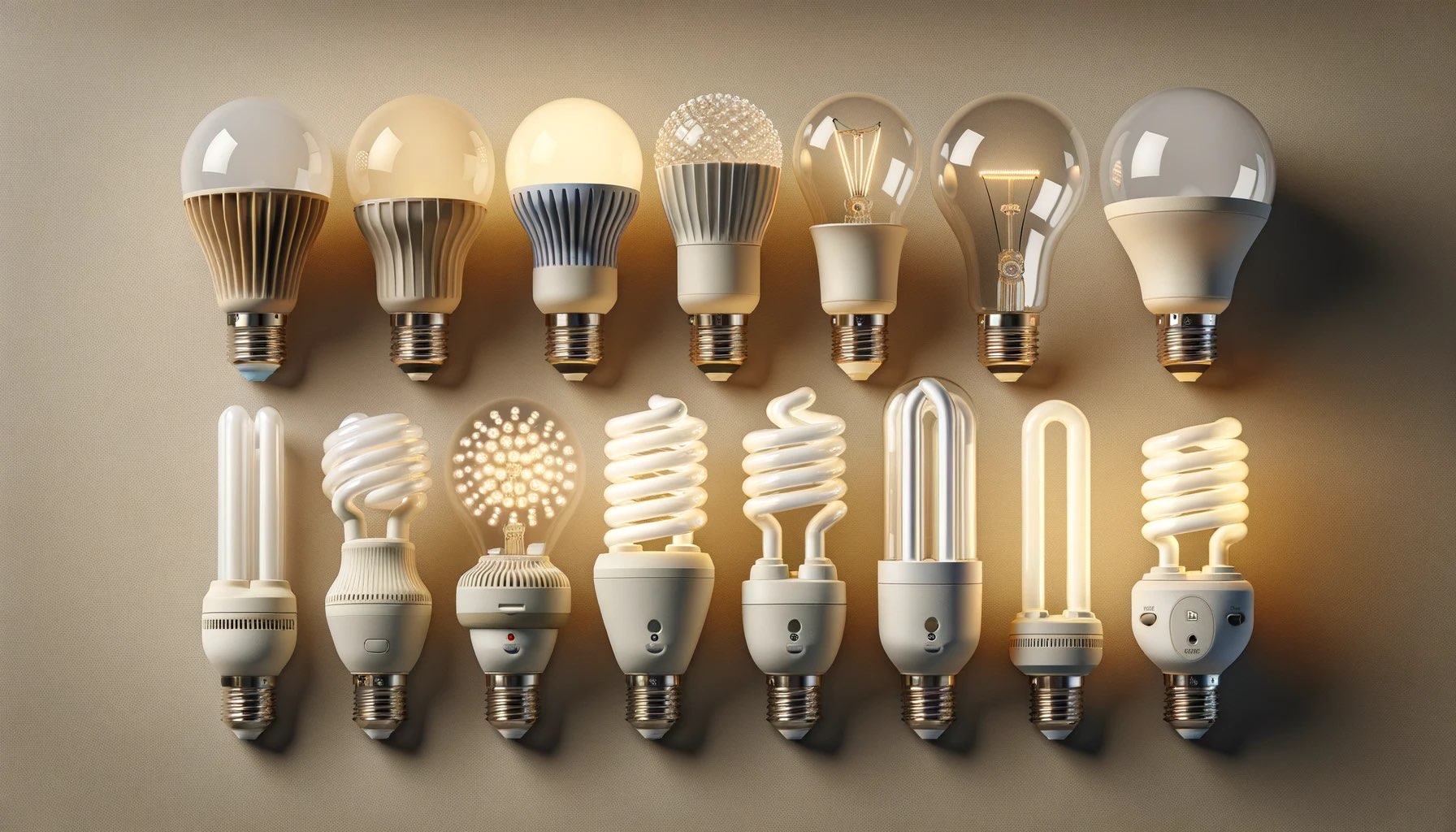

Articles
What Bulbs To Use With A Dimmer Switch
Modified: February 22, 2024
Looking for articles on what bulbs to use with a dimmer switch? Discover the best options for achieving the perfect lighting ambiance with our informative guides and recommendations!
(Many of the links in this article redirect to a specific reviewed product. Your purchase of these products through affiliate links helps to generate commission for Storables.com, at no extra cost. Learn more)
Introduction
A dimmer switch is a valuable tool that allows you to control the level of brightness in a room. It provides the flexibility to create the desired ambiance by adjusting the intensity of the lighting. However, it’s important to choose the right bulbs to use with a dimmer switch in order to optimize the functionality and performance of both the switch and the bulbs.
In this article, we will explore the different types of bulbs that can be used with a dimmer switch and provide guidance on selecting the most suitable option for your specific needs. By understanding the compatibility and characteristics of each type of bulb, you can make an informed decision and ensure maximum efficiency and longevity for your lighting setup.
Key Takeaways:
- Choose LED bulbs for energy efficiency, long lifespan, and versatile dimming options with trailing-edge dimmer switches. Enjoy customizable lighting while reducing energy consumption and maintenance costs.
- Consider halogen bulbs for bright, crisp lighting and excellent color rendering with most dimmer switches. Balance energy efficiency and lighting effect for your specific needs.
Read more: What Is A Dimmer Switch
Understanding Dimmer Switches
Before selecting the right bulbs to use with a dimmer switch, it’s essential to have a basic understanding of how these switches work. A dimmer switch controls the amount of electrical current flowing through the circuit, thereby regulating the level of brightness emitted by the bulbs.
Dimmer switches operate by using either leading-edge or trailing-edge technology. Leading-edge dimmers work well with incandescent and halogen bulbs, while trailing-edge dimmers are more compatible with LED and CFL bulbs. It’s crucial to ensure that your dimmer switch and bulbs are compatible to avoid flickering, buzzing, or early bulb failure.
Another aspect to consider is the wattage compatibility of your dimmer switch. Different dimmer switches have varying maximum and minimum wattage ratings, and it’s important to remain within those limits to avoid any electrical hazards.
Dimmer switches also come in various types, including rotary, slide, and touch control. These options provide different ways of adjusting the brightness levels, so it’s important to choose a switch that suits your preferences and complements your interior design.
Understanding the technical aspects of dimmer switches will help you make an informed decision when it comes to selecting the right bulbs to use with your dimmer switch.
Types of Bulbs
There are several types of bulbs available in the market, and each has its own characteristics and compatibility with dimmer switches. Let’s take a closer look at some of the most common types:
- Incandescent Bulbs: Incandescent bulbs are the traditional, filament-based bulbs that emit a warm, inviting glow. They are compatible with most dimmer switches and offer smooth dimming capabilities. However, they are less energy-efficient and have a shorter lifespan compared to other types of bulbs.
- Halogen Bulbs: Halogen bulbs are a type of incandescent bulb that uses a halogen gas to enhance light output and improve efficiency. They offer excellent color rendering and are compatible with dimmer switches. Halogen bulbs can be a good choice if you want a bright, crisp lighting effect.
- LED Bulbs: LED (Light Emitting Diode) bulbs have gained significant popularity in recent years due to their energy efficiency and long lifespan. LED bulbs are compatible with trailing-edge dimmer switches and offer a wide range of dimming options. They are available in different color temperatures, such as warm white, cool white, and daylight, allowing you to create various lighting moods.
- CFL Bulbs: CFL (Compact Fluorescent Lamp) bulbs are energy-efficient alternatives to incandescent bulbs. While they can be used with some dimmer switches, not all CFL bulbs are dimmable. It’s crucial to look for specifically labeled “dimmable” CFL bulbs if you want to use them with a dimmer switch.
Each type of bulb has its own advantages and considerations. Factors such as energy efficiency, lifespan, color rendering, and compatibility with dimmer switches should be taken into account when selecting the right bulb for your dimmer switch setup.
Incandescent Bulbs
Incandescent bulbs are the traditional type of light bulb that has been commonly used for decades. They work by passing an electric current through a filament, which heats up and emits light. Incandescent bulbs are known for their warm and inviting glow, making them a popular choice for creating a cozy atmosphere in homes and businesses.
When it comes to using incandescent bulbs with a dimmer switch, they are generally a compatible option. Most dimmer switches are designed to work well with incandescent bulbs, providing smooth and seamless dimming capabilities. This means that you can adjust the brightness of the bulb to create the desired ambience in the room.
However, it’s important to note that incandescent bulbs are not as energy-efficient as other types of bulbs. They consume more electricity and generate more heat, which can increase your energy costs and potentially contribute to a warmer environment. Additionally, incandescent bulbs have a shorter lifespan compared to alternatives like LED or CFL bulbs.
Despite these drawbacks, incandescent bulbs still have their advantages. They are readily available and relatively inexpensive compared to newer bulb technologies. They also provide a warm and natural light that many people prefer over the cooler tones emitted by some LED bulbs.
If you decide to use incandescent bulbs with a dimmer switch, be sure to check the compatibility of both the switch and the bulbs. Some dimmer switches have specific wattage requirements, so ensure that the wattage of the bulbs falls within the recommended range. Proper installation and following the dimmer switch manufacturer’s guidelines will help ensure optimal performance and longevity.
In summary, incandescent bulbs can be used with a dimmer switch, providing smooth and adjustable lighting. However, they are not as energy-efficient and have a shorter lifespan compared to alternative options. Consider the trade-offs and your specific lighting needs when deciding whether to use incandescent bulbs with a dimmer switch.
Halogen Bulbs
Halogen bulbs are a type of incandescent bulb that uses a halogen gas to enhance the light output and improve efficiency. They are known for their bright and crisp lighting effect, which makes them a popular choice in many applications.
When it comes to compatibility with dimmer switches, halogen bulbs generally work well. They can be used with most dimmer switches that are designed for incandescent bulbs. This allows you to adjust the brightness and create the desired lighting ambiance in your space.
One of the main advantages of halogen bulbs is their excellent color rendering. They produce a high-quality light that accurately represents the colors of objects, making them ideal for tasks that require accurate color perception, such as reading or working on detailed projects.
Halogen bulbs also have a longer lifespan compared to traditional incandescent bulbs. With proper care and usage, halogen bulbs can last two to three times longer. However, it’s important to note that they still have a shorter lifespan compared to LED or CFL bulbs, which can last much longer and offer even greater energy efficiency.
It’s worth mentioning that halogen bulbs can get hot during operation, so it’s important to handle them with care and avoid touching them with bare hands. The oils from your skin can cause the bulb to heat unevenly and reduce its lifespan.
When using halogen bulbs with a dimmer switch, it’s important to ensure that both the bulb and the switch are compatible. Halogen bulbs typically have higher wattage compared to incandescent bulbs, so make sure that the dimmer switch can handle the higher load. Consult the manufacturer’s guidelines for specific recommendations.
In summary, halogen bulbs are a compatible option for use with dimmer switches. They offer bright and crisp lighting, excellent color rendering, and a longer lifespan compared to traditional incandescent bulbs. However, they are less energy-efficient than LED or CFL bulbs. Consider your specific lighting needs and the trade-offs when selecting halogen bulbs for your dimmer switch setup.
When using a dimmer switch, it’s important to choose dimmable bulbs such as LED or incandescent. Avoid using non-dimmable bulbs as they can flicker or cause the dimmer to malfunction.
Read more: What Is A Smart Dimmer Switch
LED Bulbs
LED (Light Emitting Diode) bulbs have gained significant popularity in recent years due to their energy efficiency and long lifespan. They are a versatile and environmentally friendly option for lighting homes, offices, and other spaces.
LED bulbs are compatible with trailing-edge dimmer switches, which are specifically designed to dim LED lighting. These switches provide a smooth and flicker-free dimming experience, allowing you to adjust the brightness to create the desired atmosphere in your space.
One of the main advantages of LED bulbs is their energy efficiency. They consume significantly less energy compared to incandescent and halogen bulbs, resulting in lower electricity bills. LED bulbs also have a longer lifespan, typically lasting up to 25 times longer than incandescent bulbs. This means reduced maintenance and replacement costs over time.
LED bulbs are available in a variety of color temperatures, ranging from warm white to cool white and daylight. This allows you to choose the lighting tone that best suits your preferences and needs. Whether you want a cozy and warm ambiance or a bright and cool light for workspaces, LED bulbs can provide the right lighting effect.
Another advantage of LED bulbs is their durability and resistance to shock and vibrations. This makes them suitable for various applications, including both indoor and outdoor lighting. LED bulbs are also mercury-free, making them safer for the environment and easier to dispose of when needed.
It’s important to note that not all LED bulbs are dimmable. When choosing LED bulbs for a dimmer switch, look for ones that are specifically labeled as dimmable. This indicates that they are designed to work with dimmer switches and offer smooth and consistent dimming performance.
When using LED bulbs with a dimmer switch, it’s essential to ensure that both the bulbs and the switch are compatible. Check the dimmer switch manufacturer’s guidelines and recommendations for the maximum and minimum wattage ratings and compatibility with LED bulbs.
In summary, LED bulbs are an energy-efficient and long-lasting option for use with dimmer switches. They offer a wide range of color temperatures, are durable, and contribute to reducing energy consumption. Make sure to choose dimmable LED bulbs and check compatibility with the dimmer switch for optimal performance and longevity.
CFL Bulbs
CFL (Compact Fluorescent Lamp) bulbs are another energy-efficient alternative to incandescent bulbs. They are designed to provide similar light output while consuming less electricity, making them an eco-friendly choice for lighting.
When it comes to using CFL bulbs with a dimmer switch, it’s important to note that not all CFL bulbs are dimmable. Dimmable CFL bulbs are specifically designed to work with dimmer switches and offer adjustable brightness levels. Non-dimmable CFL bulbs may not respond well to dimmer switches and can result in flickering or humming.
If you plan to use CFL bulbs with a dimmer switch, look for bulbs that are labeled as “dimmable” on the packaging. These bulbs are designed to work with dimmer switches and offer a smooth and consistent dimming experience. It’s crucial to follow the manufacturer’s instructions and guidelines to ensure proper installation and usage.
CFL bulbs offer several benefits when used with dimmer switches. Firstly, they are highly energy-efficient, consuming about 75% less energy than traditional incandescent bulbs. This can lead to significant energy savings over the lifespan of the bulbs.
Additionally, CFL bulbs have a longer lifespan compared to incandescent bulbs, typically lasting up to 10,000 hours. This reduces the frequency of bulb replacements, saving you time and money in the long run.
However, it’s important to be aware that CFL bulbs do contain a small amount of mercury, which requires proper handling and disposal. If a CFL bulb breaks, it’s important to follow the recommended guidelines for cleaning up and disposing of the broken bulb safely.
In terms of lighting quality, CFL bulbs provide a range of color temperatures, allowing you to choose between warm white, cool white, and daylight options. This gives you flexibility in creating different lighting moods for your space.
When selecting CFL bulbs for a dimmer switch, ensure that both the bulbs and the dimmer switch are compatible. Follow the manufacturer’s guidelines and recommendations for maximum and minimum wattage ratings and compatibility with CFL bulbs to ensure optimal performance and safety.
Overall, CFL bulbs can be a suitable option for use with dimmer switches, providing energy efficiency and longevity. Just make sure to select dimmable CFL bulbs and ensure compatibility with the dimmer switch for the best results.
Choosing the Right Bulb for your Dimmer Switch
Choosing the right bulb for your dimmer switch is crucial to ensure optimal performance and longevity of both the bulbs and the switch. Consider the following factors when making your selection:
1. Compatibility: Check the compatibility of the bulbs with your dimmer switch. Different types of bulbs require specific types of dimmer switches. Incandescent and halogen bulbs generally work well with most dimmer switches, while LED and CFL bulbs require compatible trailing-edge dimmer switches. Ensure that your bulbs and dimmer switch are compatible to avoid flickering, buzzing, or even damage to the bulbs or switch.
2. Energy Efficiency: Consider the energy efficiency of the bulbs. LED and CFL bulbs are highly energy-efficient, consuming significantly less electricity than incandescent or halogen bulbs. Choosing energy-efficient bulbs can help reduce your energy consumption and lower your electricity bills over time.
3. Lifespan: Take into account the lifespan of the bulbs. LED and CFL bulbs generally have a longer lifespan compared to incandescent or halogen bulbs. This means fewer replacements and reduced maintenance costs in the long run.
4. Lighting Effect: Consider the lighting effect you want to achieve. Different types of bulbs offer different color temperatures, from warm white to cool white and daylight. Choose a bulb that best suits your preferences and the desired atmosphere for your space.
5. Dimming Performance: If you require adjustable lighting, ensure that the bulbs are dimmable. Not all bulbs are designed to work with dimmer switches, so look for bulbs that are specifically labeled as “dimmable” to guarantee smooth and consistent dimming performance.
6. Wattage: Check the wattage compatibility of the bulbs with your dimmer switch. Dimmer switches have maximum and minimum wattage ratings, and it’s important to choose bulbs that fall within the recommended range. Using bulbs with wattage that exceeds the dimmer switch’s rating may lead to electrical hazards or affect the dimming performance.
7. Personal Preference: Consider your personal preferences and the overall aesthetic you want to achieve. Each type of bulb has its own characteristics and visual appeal. Choose a bulb that matches your style and complements the interior design of your space.
By considering these factors and weighing the trade-offs, you can choose the right bulb for your dimmer switch that fits your specific needs and preferences, ensuring an efficient and enjoyable lighting experience.
Conclusion
Choosing the right bulbs to use with your dimmer switch is essential for maximizing the functionality and performance of your lighting setup. By understanding the compatibility and characteristics of different bulb types, you can create the desired ambiance while ensuring energy efficiency and longevity.
Incandescent bulbs, with their warm and inviting glow, are compatible with most dimmer switches and offer smooth dimming capabilities. However, they are less energy-efficient and have a shorter lifespan compared to newer technologies.
Halogen bulbs provide a bright and crisp lighting effect and are generally compatible with dimmer switches. They offer excellent color rendering but are less energy-efficient than LED or CFL bulbs.
LED bulbs are highly energy-efficient, have a long lifespan, and offer a wide range of color temperatures. They require trailing-edge dimmer switches for optimal dimming performance.
CFL bulbs are another energy-efficient option, but not all are dimmable. It’s essential to choose dimmable CFL bulbs that are compatible with dimmer switches.
When choosing the right bulb for your dimmer switch, consider factors like compatibility, energy efficiency, lifespan, lighting effect, dimming performance, wattage, and personal preference. By considering these factors, you can make an informed decision and create a well-lit and inviting space that meets your specific needs.
Remember to follow the manufacturer’s guidelines and recommendations for installation, usage, and compatibility between bulbs and dimmer switches. This will help ensure optimal performance, safety, and longevity for your lighting system.
Whether you’re looking for a cozy atmosphere, bright task lighting, or a combination of both, the right bulbs paired with a dimmer switch can provide you with the flexibility to adjust the lighting to suit your mood and needs.
Make your space shine by selecting the perfect bulbs for your dimmer switch and enjoy the benefits of customizable and energy-efficient lighting for years to come.
Frequently Asked Questions about What Bulbs To Use With A Dimmer Switch
Was this page helpful?
At Storables.com, we guarantee accurate and reliable information. Our content, validated by Expert Board Contributors, is crafted following stringent Editorial Policies. We're committed to providing you with well-researched, expert-backed insights for all your informational needs.
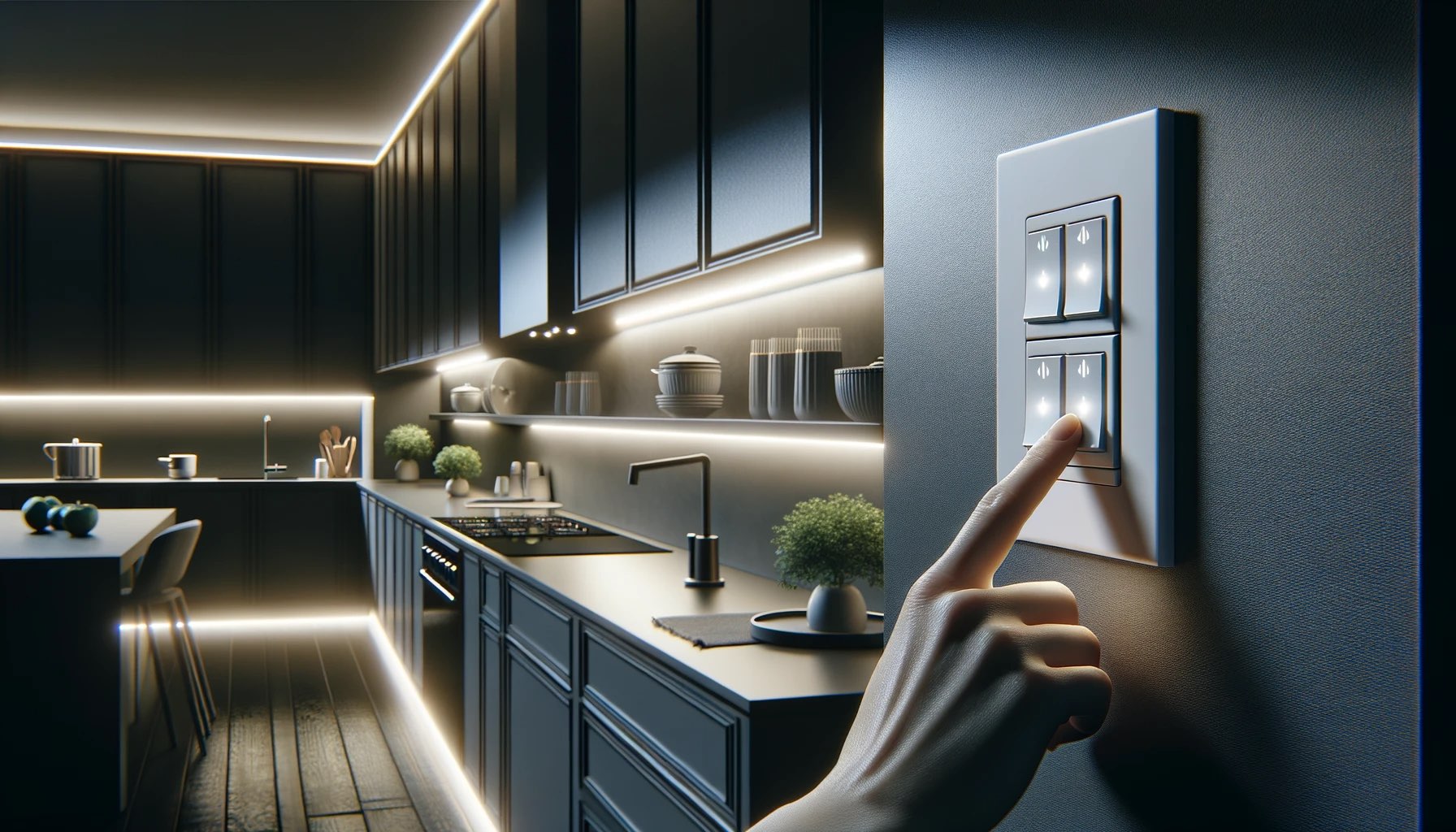
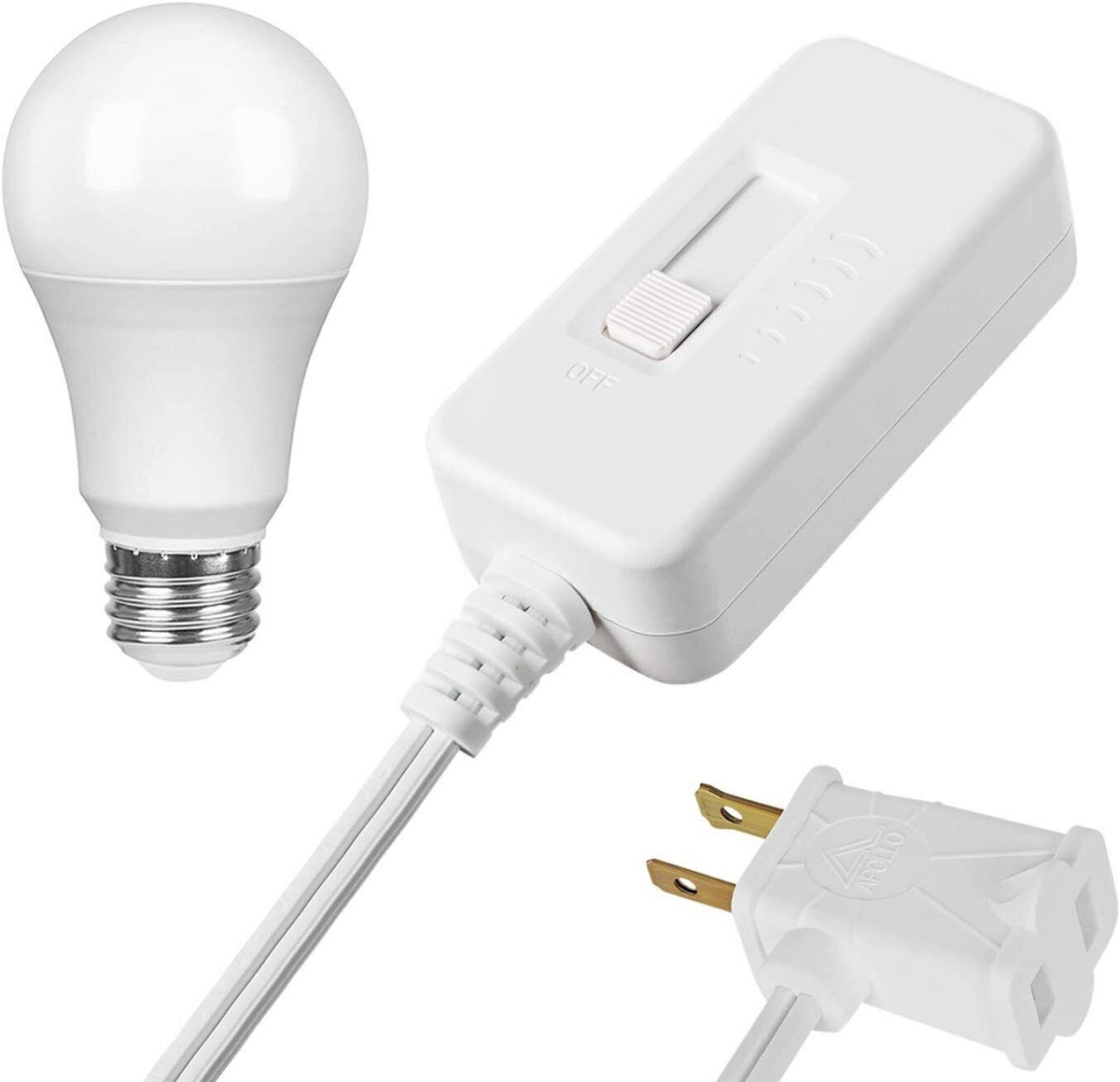

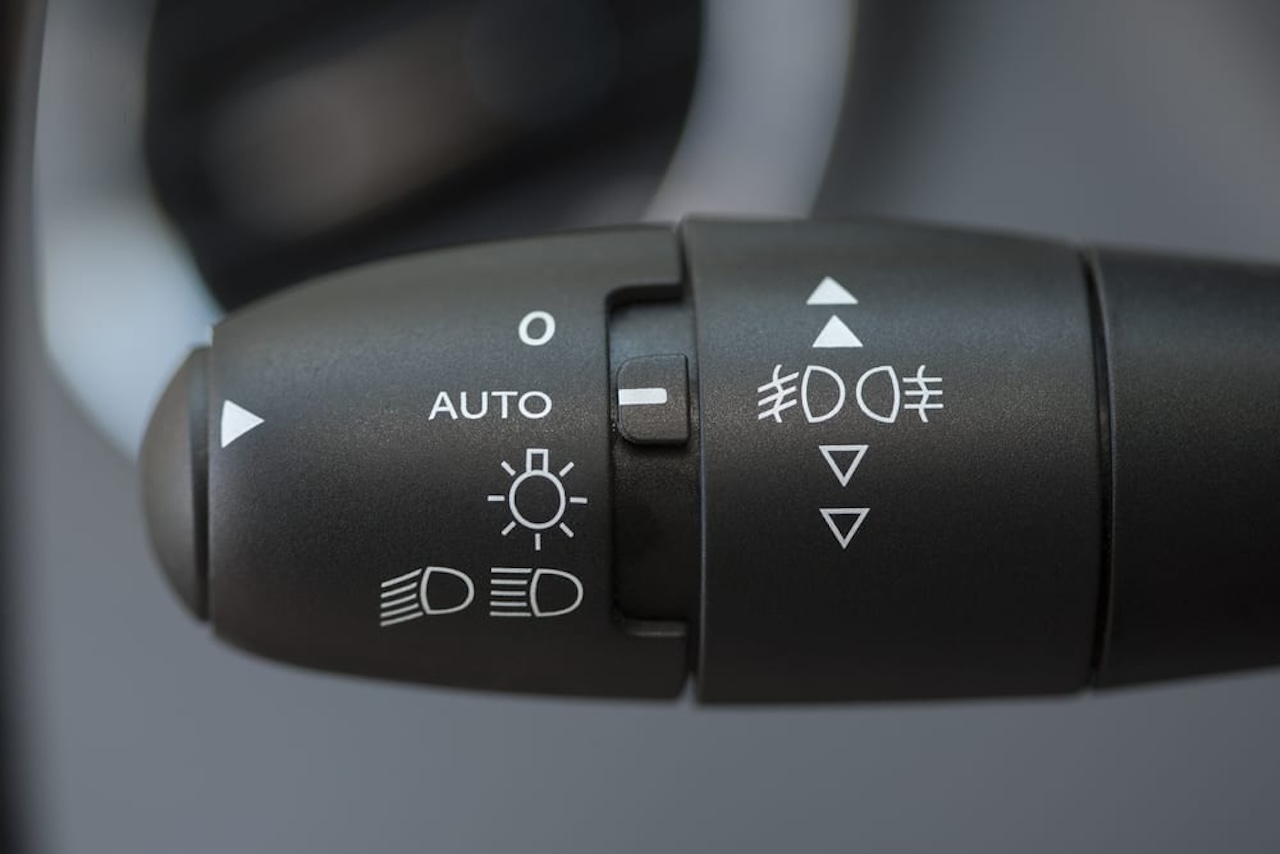
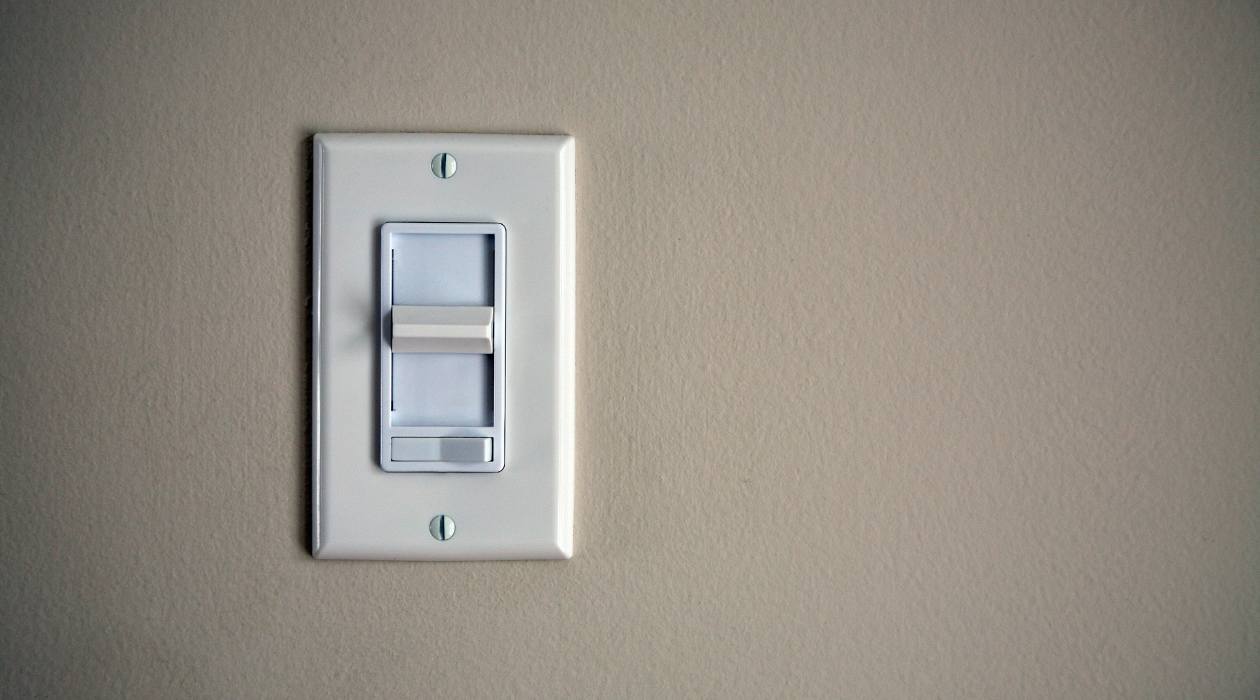
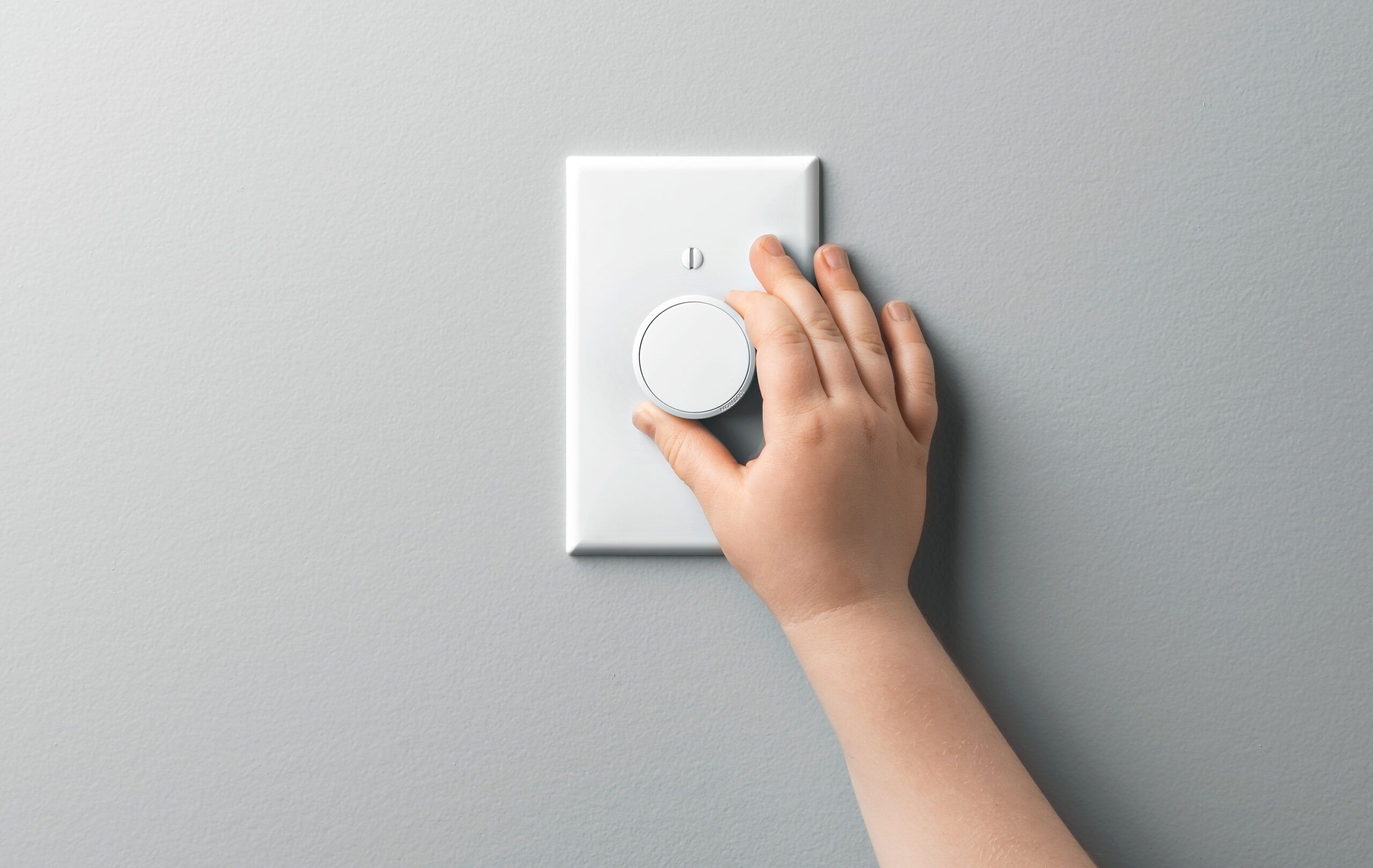
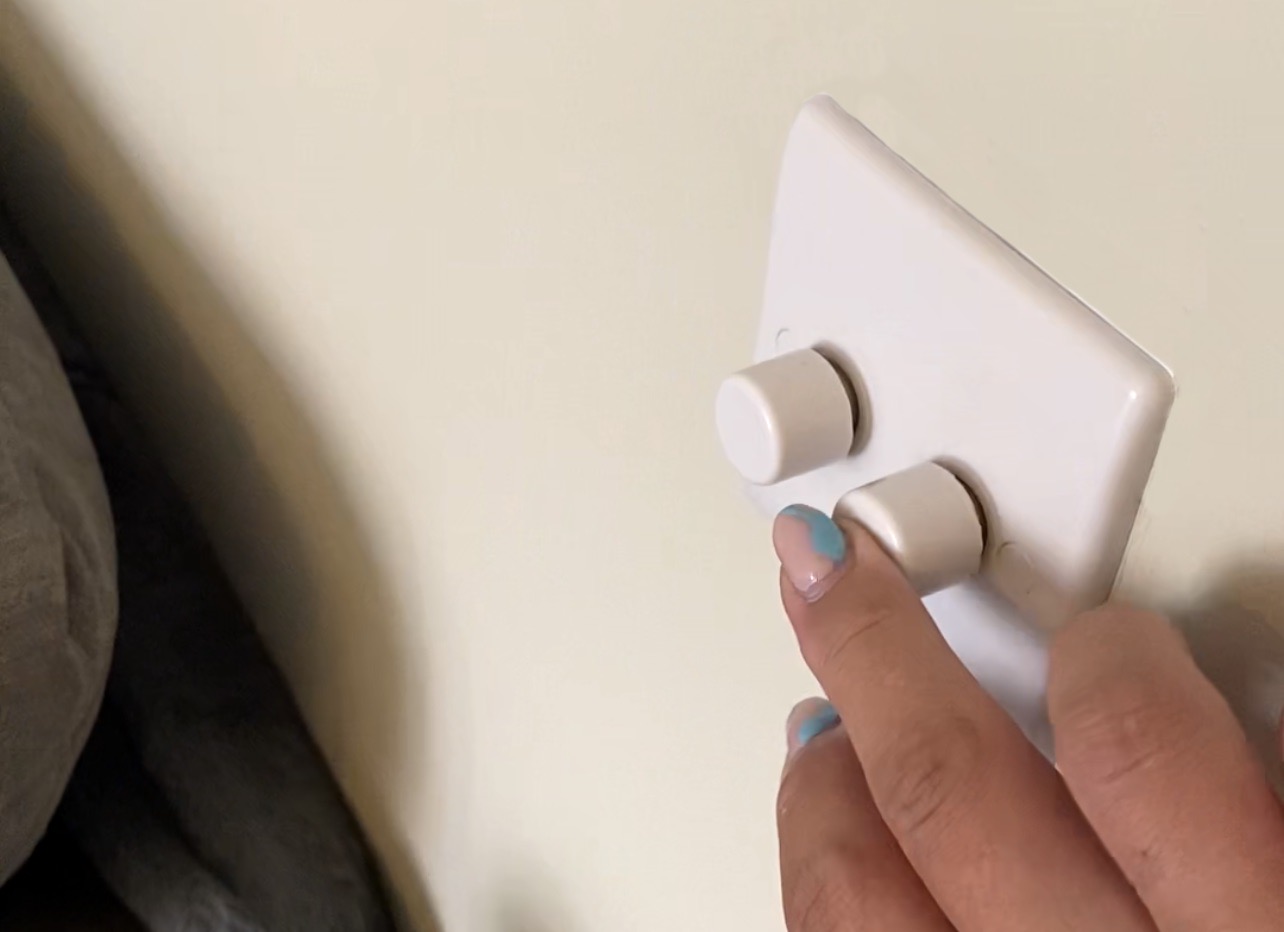
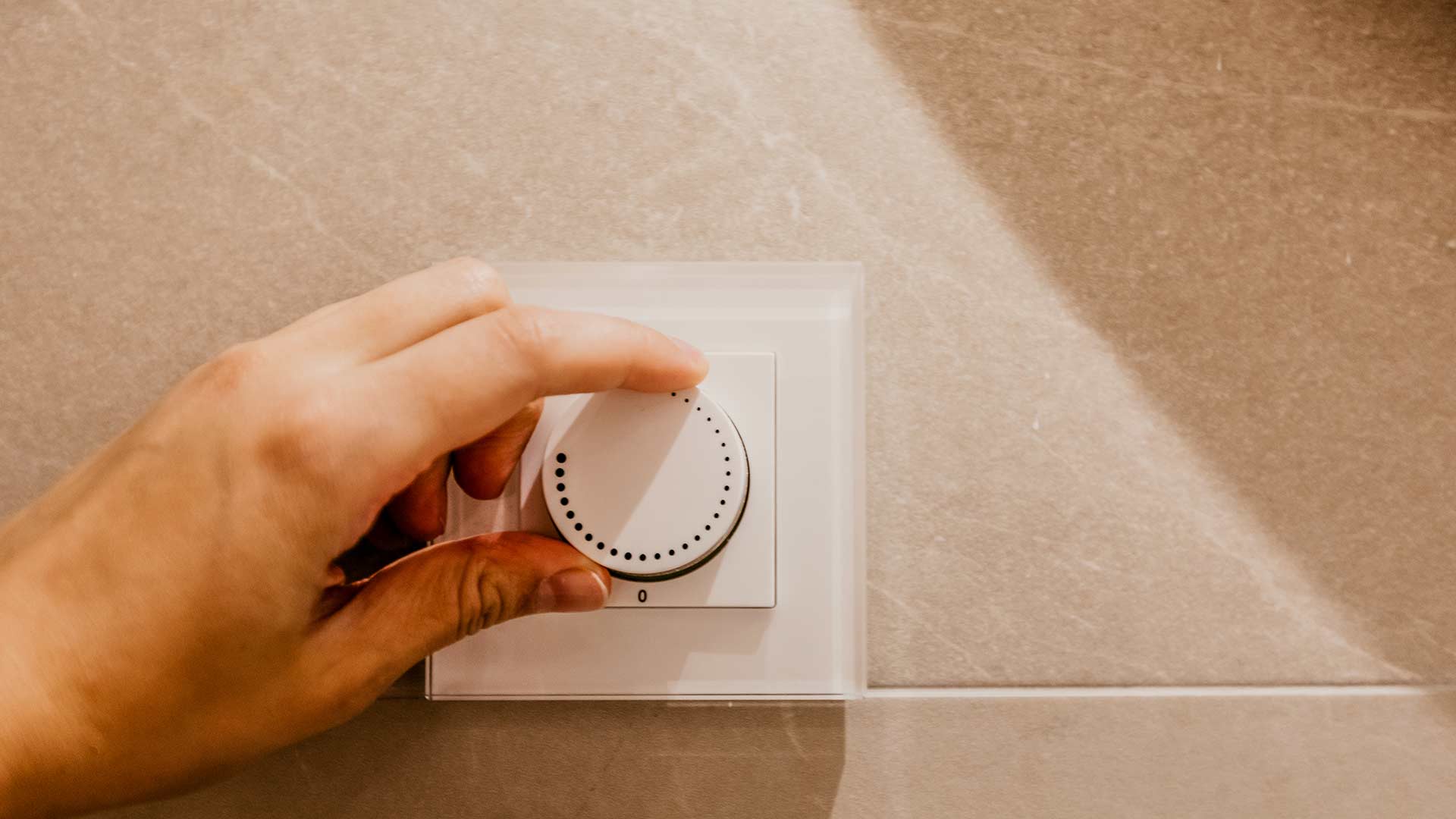
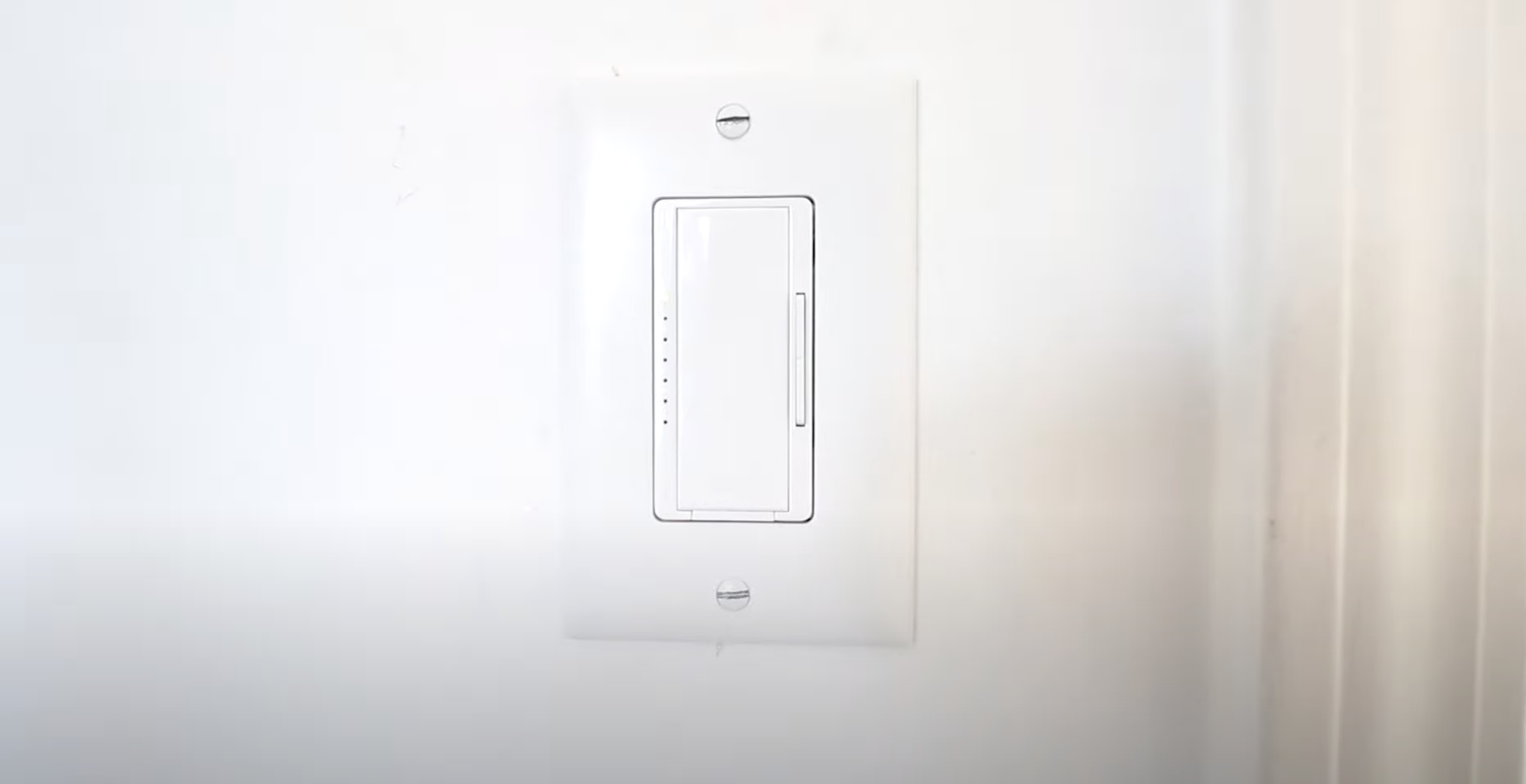
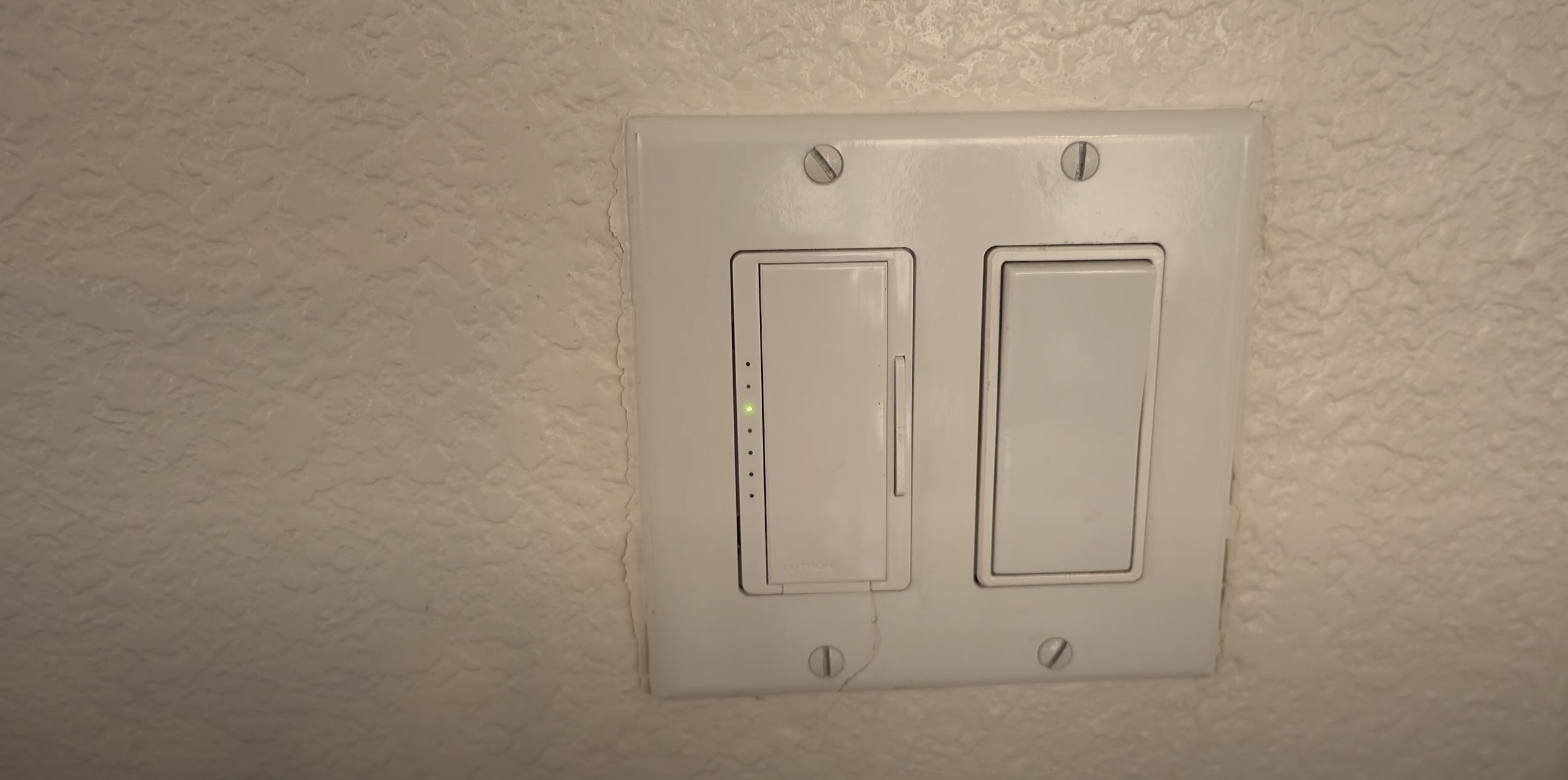
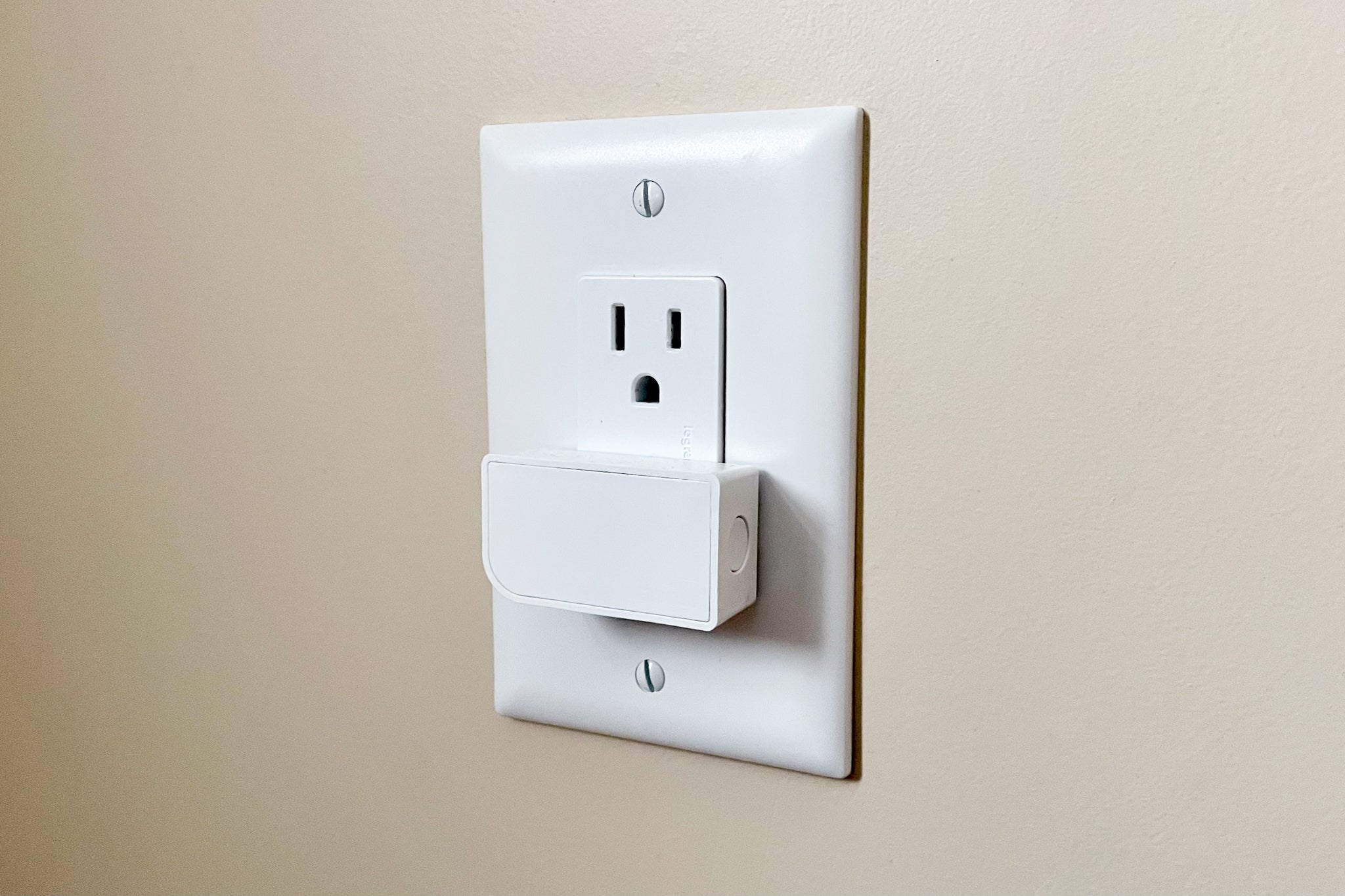
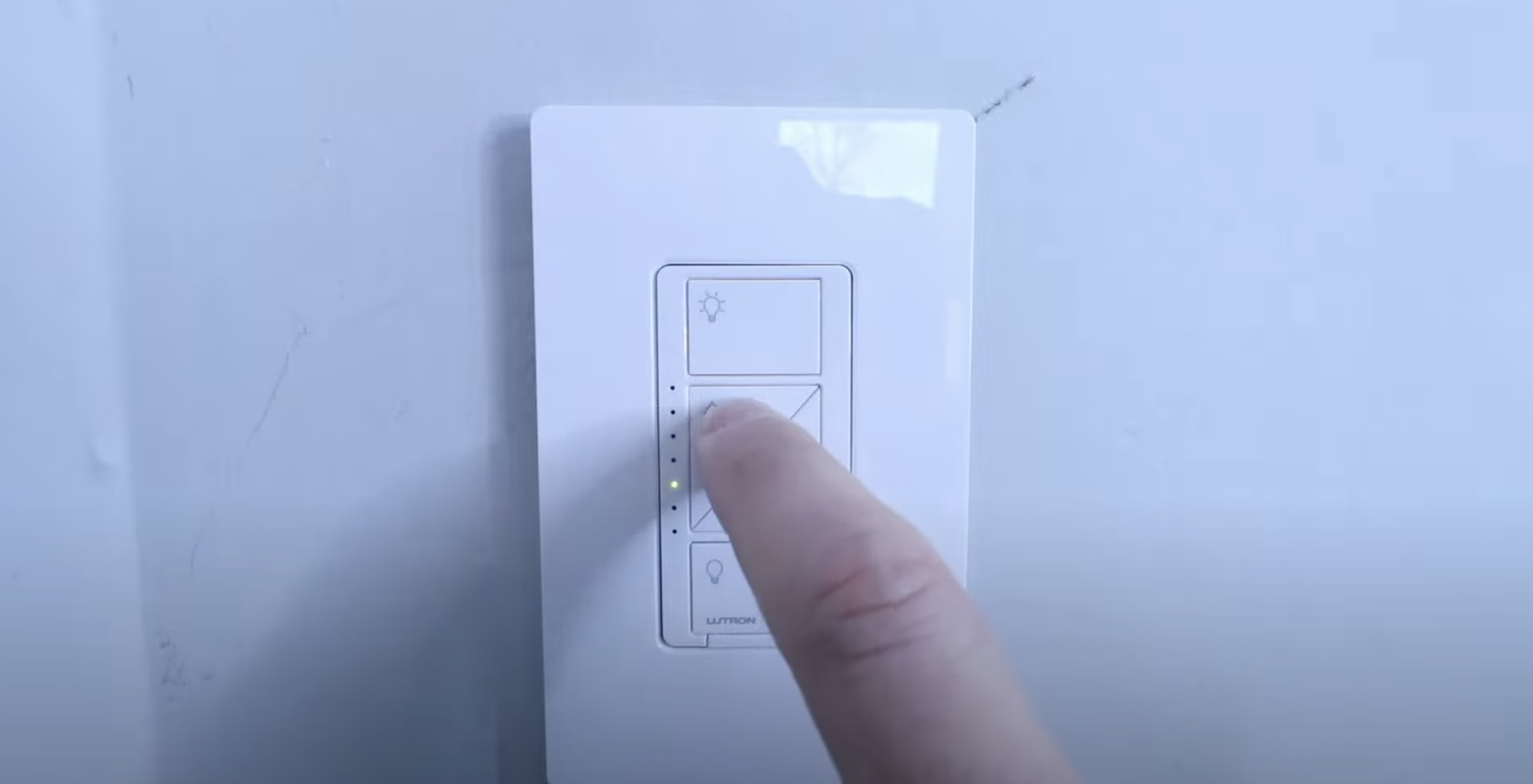
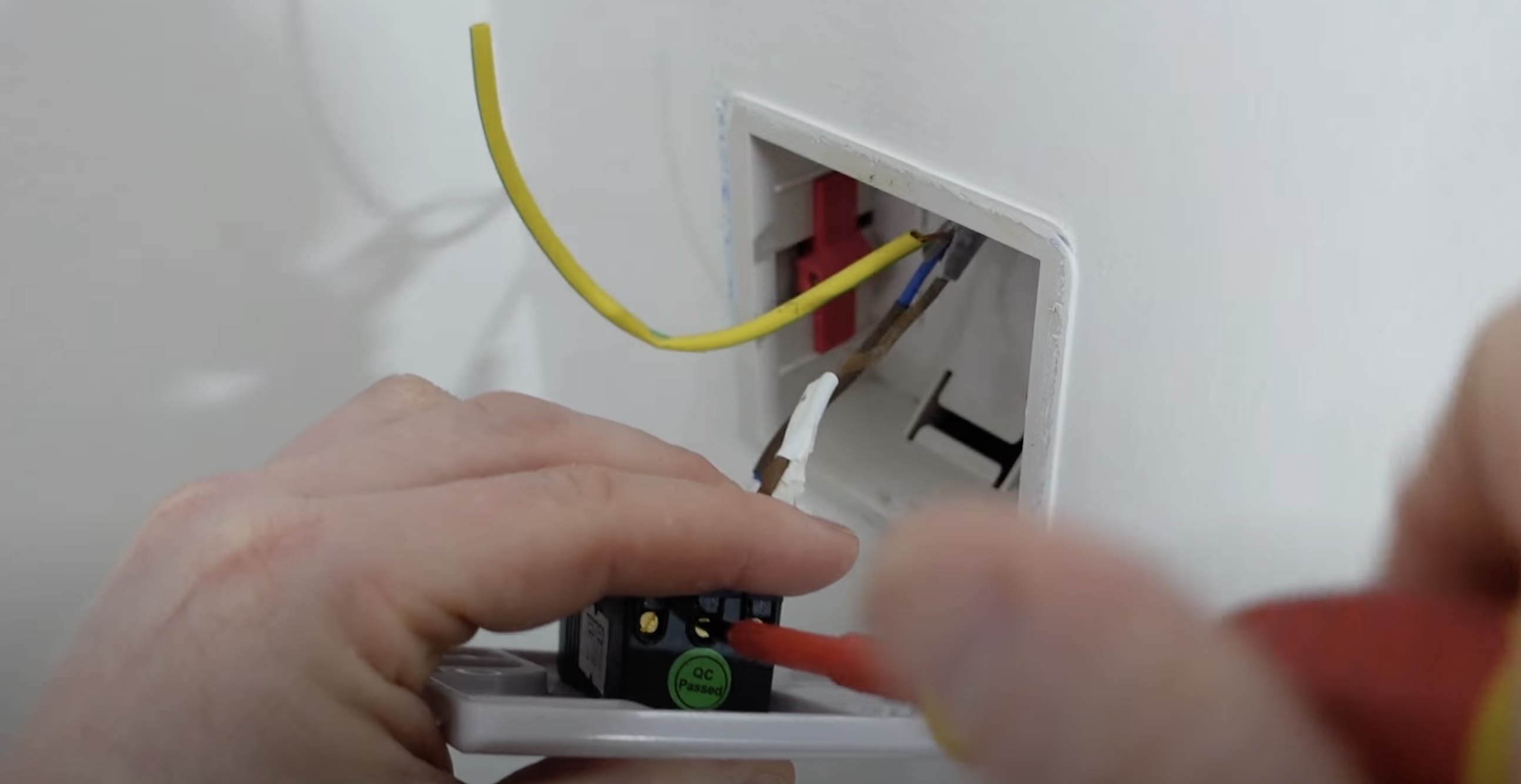
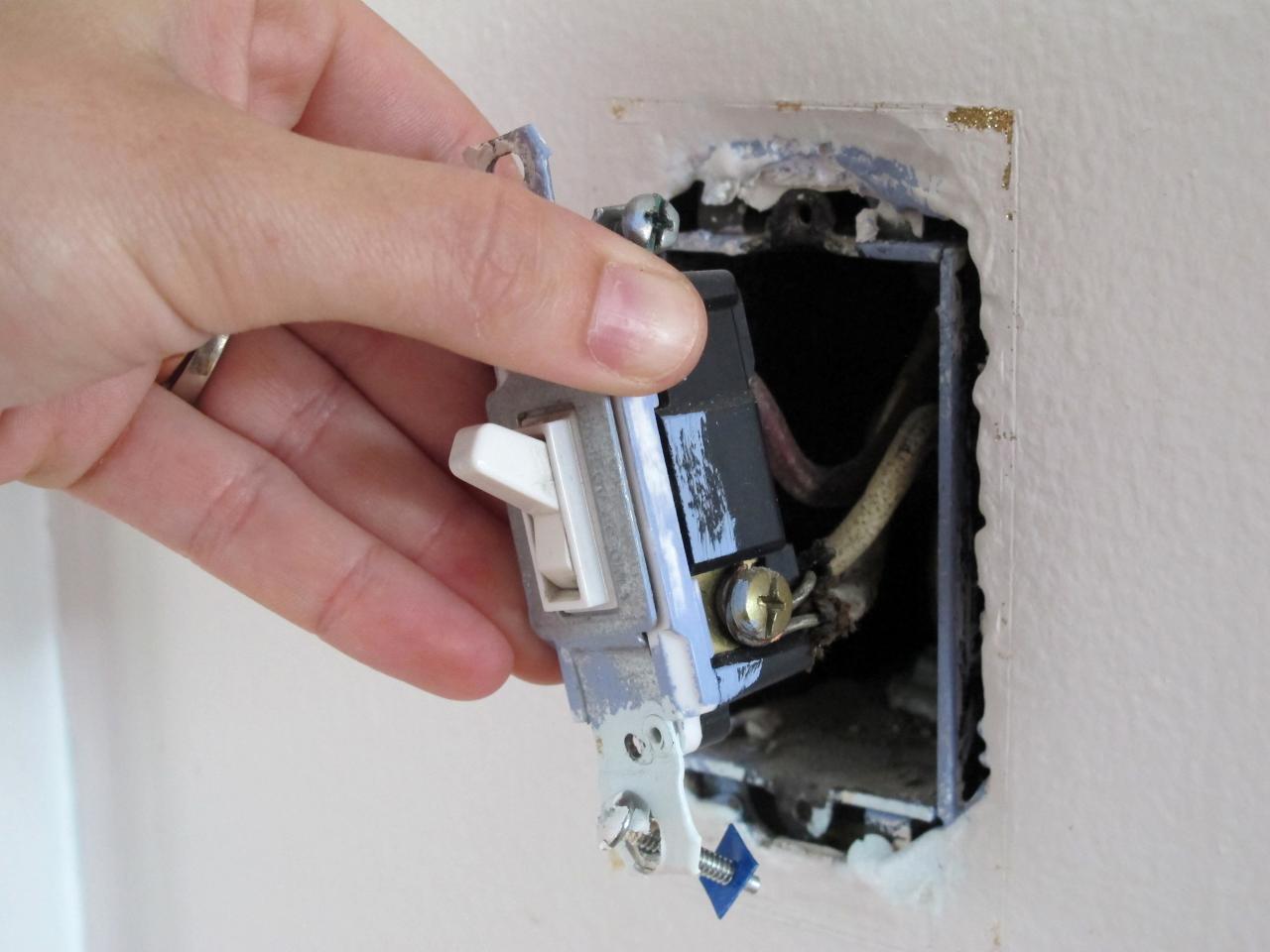

0 thoughts on “What Bulbs To Use With A Dimmer Switch”